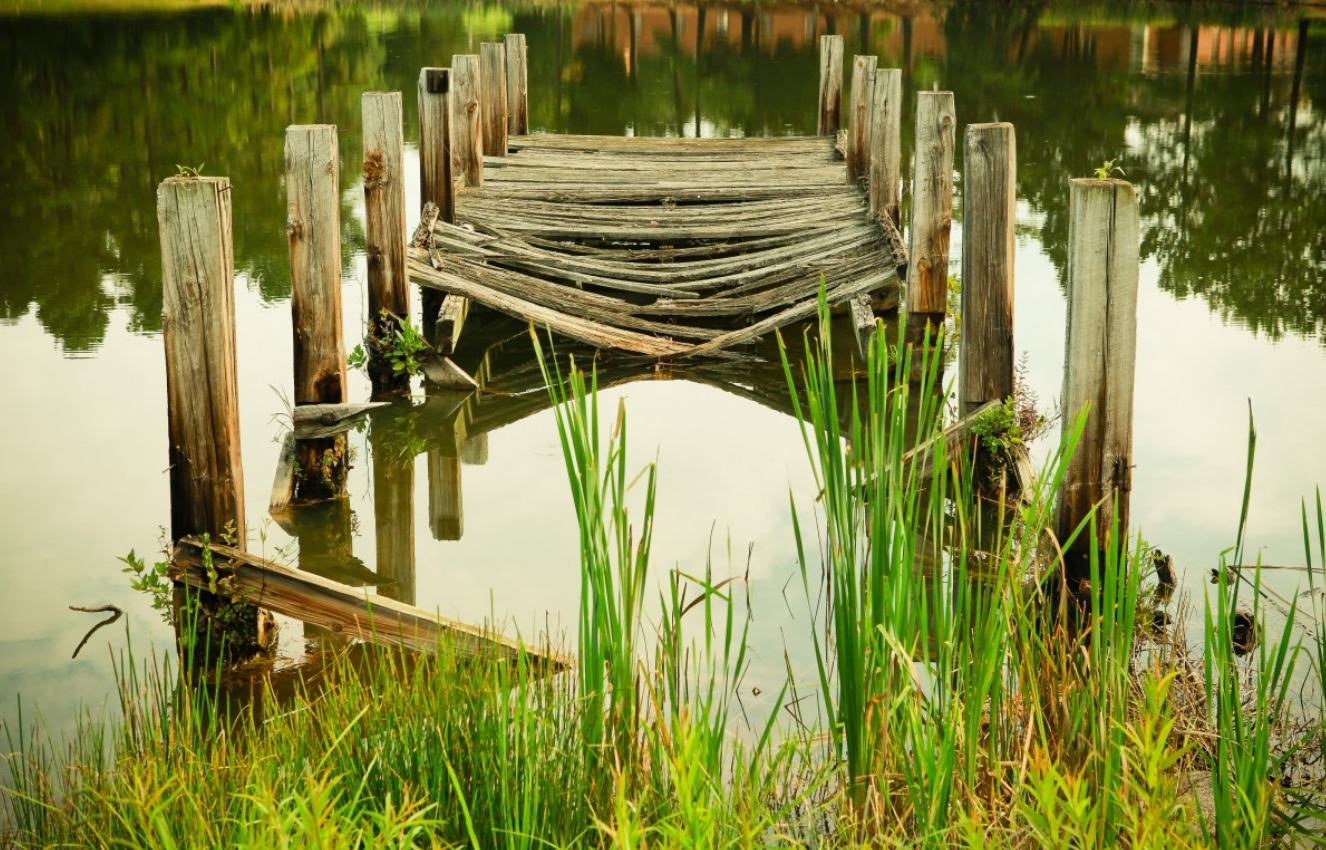Editorial
Disaster and the Task Ahead
by Paul Chaffee
The most important shift in the world of disaster response today relates to our communication capabilities. Before the internet, television, and radio, before the telephone or telegraph, most disasters were strictly local news. Even the worst of them, such as the Lisbon earthquake-fire-tsunami in 1755, the news took weeks or months to get from one country to others. Global news? None at all. Humanitarian aid? Totally local.
Photo: Unsplash
Today global disasters are detailed on our screens every day. This morning I read that New Orleans and sections of Louisiana received seven inches of rain yesterday in a three-hour period. And a storm bearing down on them is expected to drop up to 20 inches more in the next few days, along with possible tornadoes. By contrast, there was a story of about Chennai, a city of ten million in south India which has gone nearly waterless, its four reservoirs now dry. A train arrived yesterday with 2.5 million liters of water – a quarter-liter per person, in other words, in a city that has depended on 200 million liters a day. Projections suggest dozens of new Chennais in the next 20 years.
So communication is better but far from perfect. Major disasters in the US inspire dozens of stories, detailed day by day, which is great. But we paid scant attention to Cyclone Idai last March, the second worst hurricane ever recorded in the Southern Hemisphere. The category-three winds and severe flooding left at least 1,297 deaths in Mozambique, Zimbabwe, Malawi, and Madagascar, with three million others affected in what is a continuing humanitarian horror story.
Well-known or not, religious and faith-based humanitarian organizations are on the forefront of disaster response, as Katherine Marshall’s lead article this month details. TIO’s June and July overview of interfaith disaster response suggests that religious/spiritual folk are doing remarkable work to provide care for the suffering, but they are severely underfunded, given the size of the task. We hear day by day, that disasters represent an escalating challenge in our increasingly connected global village, with dangers almost everywhere, particularly considering climate. Thinking about the lives of our grandchildren and great-grandchildren becomes daunting, to say the least. It suggests that learning to be spiritually centered, while learning the skills of caring for people in distress, and teaching these skills to the next generation may be one of the most important things we can do as communities of faith.
Photo: Unsplash
The great good news, uncovered here and in last month’s TIO, is that a library of disaster response resources and training guides is available for the asking. At the heart this new set of capabilities is the conviction that we need each other and serve one another best when the aggregate religious/spiritual community is primed for friendship and collaborative partnerships in caring for the disenfranchised, displaced, and suffering. There are numerous access points we’ve highlighted in these pages, and most of them come with a set of organizational partnerships among deeply committed activists. Interfaith disaster response is an open-ended laboratory of peacemakers and healers. The world needs all of them, all of us, to handle the conflict, fire, and flood to come.
I’m not convinced that the world we live in is more frightening than what our forebears experienced … life without a local police or fire department … life where the master in the big house had control of you hook, line and sinker … life before it became easier to let people know when you’re in trouble … life before modern medicine or human rights. What is different though, today, in our new digital universe, is that we know infinitely more about each other and about people going through disaster.
The best news is that as interfaith friendly people of faith and practice, we have access to a spiritual resonance that sustains us (in dozens of different ways, depending on where we come from), providing a ‘larger’ context sustaining us in the midst of human tragedy, and lending the smallest successes a sense of satisfaction. We also, to the degree that we choose, have an opportunity to build relationships with people who care about the same things we find important.
Header Photo: Pxhere




